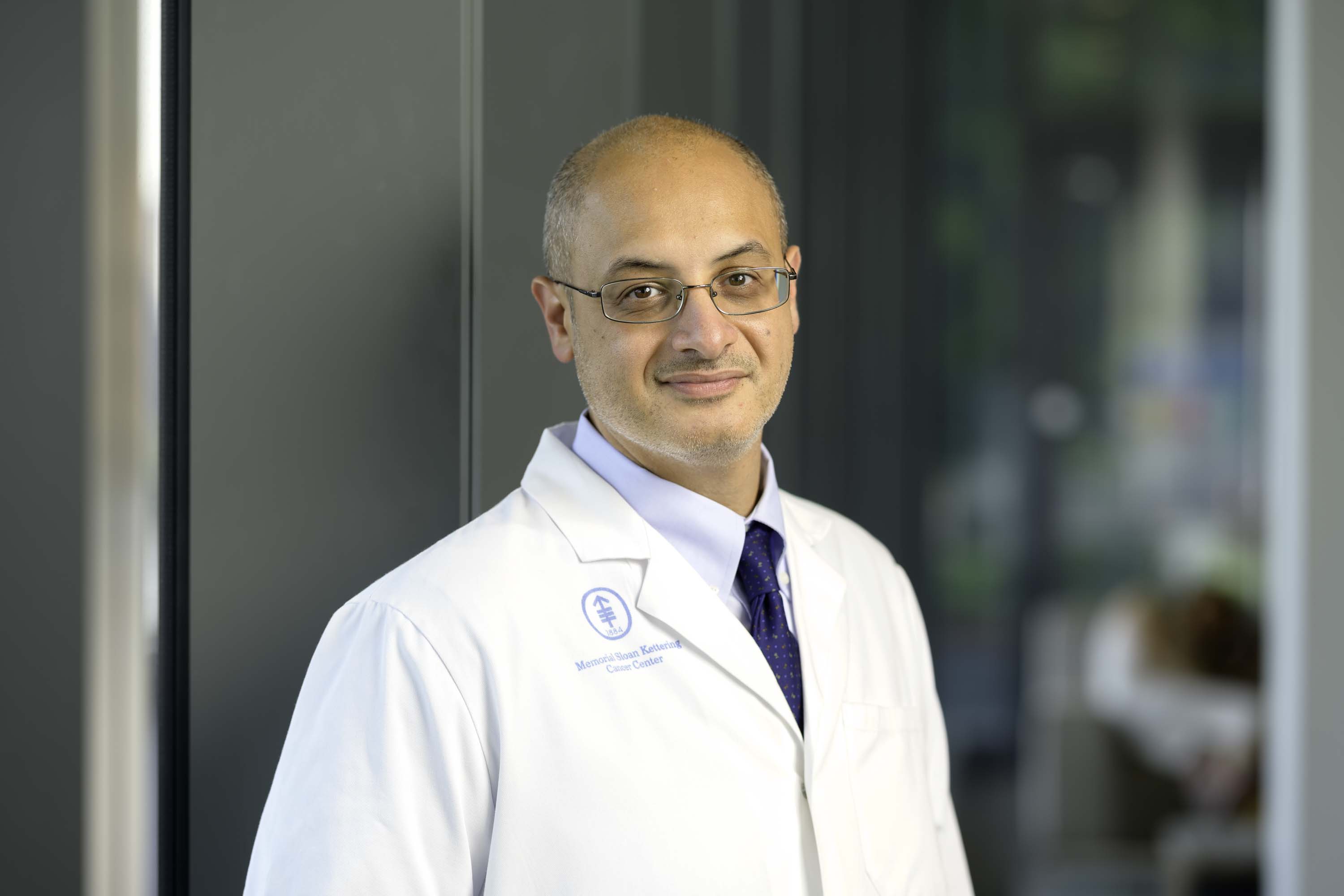
Bio

Although stroke is a primary cause of disability and death in the U.S., few options exist for treating patients who have had a stroke. The paucity of treatment options has prompted the field to focus on identification and validation of potential targets for developing treatment strategies. Focused on preclinical stroke studies on in vivo pathology, my lab closely examines stroke pathology and addresses a gap between preclinical and clinical settings for translational medicine.
Two main lines of research have been established in my laboratory; acute pathology/neuroprotection and long-term stroke recovery. For the former, we has been examined several well known risk factors associated with higher incidence of vascular diseases including hypercholesterolemia, diabetes, and obesity, and systematically examined their effect on stroke outcome in experimental animal models of stroke. In addition, close examination of stroke pathology revealed involvement of multiple-pro-death processes including inflammation, apoptosis, oxidative stress, and vascular dysfunction. Thus, targeting a specific pathway may not overcome the heterogeneous nature of stroke pathology. This led to the concept of a multi-modal approach: targeting a molecule that is involved in multiple pathogenesis, thereby simultaneously mitigating pro-death pathways. To this end, we proposed that CD36, a class B scavenger receptor, is a potential target molecule for a multi-modal approach. We have been particularly focuses on in vivo phenomena and the underlying events by which peripheral inflammatory status influences the acute outcome of stroke-induced injury through a novel CD36 mechanism.
Equally important are the strategies that promote functional recovery. Currently, improvements in care for the acute stroke patient have resulted in reduced stroke mortality, leaving more survivors with severe disability. However, treatments that reduce post-stroke impairment are limited. To this end, we have studied a role of brain-derived neurotrophic factor (BDNF), a widely expressed neurotrophin that plays a critical role in stroke recovery. Recently, a single nucleotide polymorphism (SNP) in the prodomain of bdnf that leads to substitution of methionine (met) for valine (val) at codon 66 (val66Met) has been identified. This variant, found only in humans, occurs with a frequency of 20-30% in Caucasians and up to 70% in Japanese and Chinese populations. The discovery of the common genetic variant of BDNF in human population provides an interesting research focus that leads to evaluate a potential role of BDNF-mediated angiogenesis/synaptogenesis on stroke outcome and recovery. By utilizing mice with genetic knock-in of the humanized bdnf variant in both alleles (BDNFMet/Met) and wild type (BDNFVal/Val), my lab has been addressing the mechanisms by which BDNF contributes to stroke recovery. The proposed mechanistic and functional studies may potentially lead to translational approaches that aim at reversing a BDNF secretion deficit and downstream pathways to promote reparative processes for stroke patients with SNP. Furthermore, increased CD36 in BDNF SNP carrier led an interesting overlap between peripheral immunity via CD36 and genetics of stroke recovery. Our research will focus on the pathology and repair mechanisms throughout different stroke stages (i.e., prevention, acute, sub-acute, and recovery phases). By manipulating the CD36 axis using CD36 antagonist(s) and agonist(s) in normal and BDNF SNP carriers, our next phase of study will be on stroke-stage specific targeting CD36 to facilitate pharmacological interventions.
